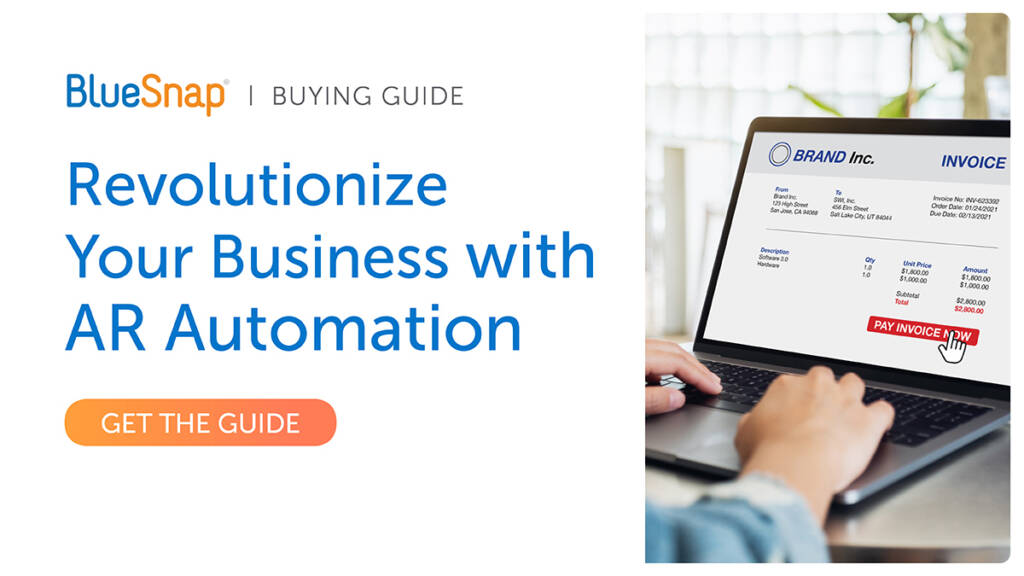The right B2B payment provider is critical for your business. Your payments solution must serve your customers’ needs while also meeting your organization’s unique requirements. Without determining what’s most important for your business, you risk relying on an option that creates more problems than it solves.
Ensure your business is primed for steady cash flow and productivity by learning how to assess your B2B payment provider.
What Do You Need from a B2B Payment Provider?
According to Juniper Research, the B2B payments market will grow from $89 trillion in 2024 to $124 trillion by 2028. This growth is partly powered by the increasing popularity of ACH payments and other electronic payments over cash and checks. In fact, it’s safe to say that customers have never been looking for as many payment methods as they are now to complete their B2B transactions, including:
- ACH payment
- Cards (debit or credit)
- Digital wallets
- Mobile payments
- Wire transfers
Each of your current customers — and those you hope to do business with — has their own preferred way to pay. Offering customers their preferred payment types leads to more revenue for you via repeat business, a reduction in checkout abandonment and even increased order volume. Your B2B payment provider should offer a variety of payment types so your business can satisfy current and future customer preferences while steering your business toward future growth.
Of course, not all payment methods are created equal with some being more expensive to process. Be sure your payment provider offers compliant surcharging so you can offer popular payment methods without the costs eating into your profits.
Flexibility extends beyond payment methods, though. The right B2B payment provider also supports your requirements for different billing models and currencies, especially if your company’s goal is expansion.
Does your payment provider support all the ways you want to accept payments? Perhaps you sell your product to distributors today via invoices, but you might want to use eCommerce to sell direct in the future? Or maybe you want to add on some sort of service plan customers can subscribe to?
You will want to really dig into the specifics and understand how your payment provider supports each use case. Consider subscriptions, for example. You’ll need supporting features to maximize your revenue, like allowing customers to keep payment information on file to simplify future transactions, account updater functionality for when card information changes and automatic retries if for some reason a transaction is not approved.
The point is, your B2B payment provider should meet all your payment use cases today as well as the ones you might want to leverage in the future. This ensures you can have a long-lasting partnership and avoid the headaches of working with multiple payment providers.
With this in mind, it’s important to consider the B2B payment solution’s ability to handle global currencies and cross-border transactions. Payments should be seamless for your customers regardless of their location. You need to be able to offer local currencies and know that your payment provider can efficiently process cross-border payments.
Other B2B Payment Provider Features to Consider
After accounting for your present requirements and what’s necessary for growth, look for these key B2B payment provider features:
End-to-End AR Automation: A good digital payments strategy can improve efficiency, but fully automating your AR process accelerates it. Streamline workflows with automated billing, accounting, communication and payments for an improved customer experience and increased productivity.
Security & Compliance: Businesses that provide secure and compliant payment processing help their customers feel confident in working with them. Confirm your B2B payment provider meets PCI-DSS Compliance, GDPR, PSD2, tax regulations, and other local and industry security standards.
Easy Integrations: Businesses leverage multiple software platforms, and tech stacks vary from one business to another. Your B2B payment provider should integrate with a range of popular business software with little to no additional coding or development required by you. This is especially important if you are looking to bring on a new payment provider. BlueSnap, for example, integrates with hundreds of partners so you can begin using our solution right away.
Beyond the Features: 3 Questions to Ask
Aside from reviewing the major operational features and functions, there are other ways to help you evaluate a payment solution’s usefulness and reputation:
1. Are There Additional Fees? Can you easily understand what you are paying for your service and payment processing? Audit your statements to uncover exactly what you are paying.
2. What Kind of Customer Support Do You Receive? Can you access your own payment portal? Are online resources available for further information? These seemingly small considerations can impact your solution’s ease of use.
3. What Are Other Customers Saying? Social proof is a smart way to gauge a payment solution’s advantages and disadvantages, especially if you are considering a new vendor. Explore B2B payment provider options on review sites like G2 for customer reviews as well as product overviews.
The right B2B payment provider can make all the difference in your business’s success and growth. Ready to see how a payment provider can elevate your organization? Talk to a BlueSnap Payments Expert to learn how you can get the most out of your B2B payments.


